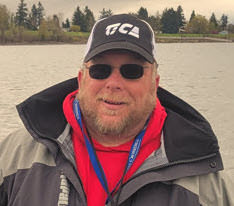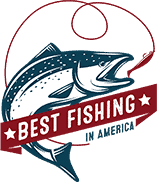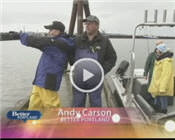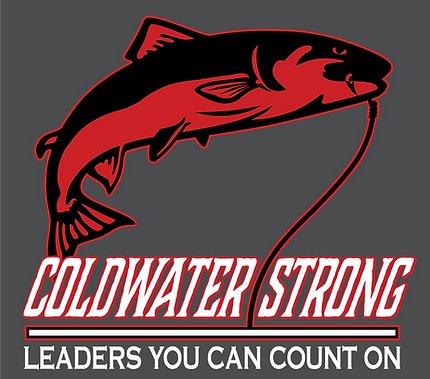With salmon fishing slowing down on the Columbia River, it’s time to start thinking about fishing at Tillamook Bay. One of the great things about fishing Tillamook isn’t even the fish–its the crabbing! Close to the areas we troll for Chinook salmon is great Dungeness Crab grounds.
Most of the crabbing is done is fairly shallow water from eight to 20 feet deep. Some days the water is clear enough to even see the Dungeness moving in and out with the tides at Tillamook Bay. We use crab traps that can easily be pulled up by hand, right to the boat. Then the crab is sorted and kept on ice. Keeper Dungeness must be males and at least 5 3/4″ wide. All females and any crab smaller than that are returned to the water.
After a days worth of chinook salmon fishing and crabbing, we return to the Garibaldi marina and cook our crab near-by. While the crab is cooking, it’s well worth a walk around the corner to pick up some of your favorite brew. When you get back the crab will be close to done and ready to begin the post-fishing feast.
Just want to take your crab home and cook them there? Not a problem.
While sea water is best for cooking fresh Dungeness, you can still make some great crab at home. You’ll need a large pot or, better yet, an outdoor turkey frier. Fill your pot halfway with water, and add a good amount of salt to the mix. In my turkey frier I use almost a cup of salt for boiling crab. As the water begins to boil you can also add Old Bay seasoning and cayanne pepper to the water for even more flavor.
Once you have a good rolling boil going in the pot, start adding the crab. If you’re doing this on the stove, you might only be able to do a couple at a time, while the turkey frier can easily take a whole limit of 12 crab. If you put the crab in the pot upside-down, then you can usually fit more crab in the pot and they won’t have the chance to grab the side on the way in. Once you have the pot filled, put the lid on the pot and refill your beverage of choice.
Boil the crab for about 15 minutes. Then its time to chill the crab. The easiest way to do this is to put them in ice water, but even cold running tap water is better than nothing. Chilling the freshly cooked Dungeness helps stop the cooking process and keeps you from burning yourself when it comes time to clean the crab.
Cleaning crab is not difficult by anymeans, but if you haven’t done it before, it might be hard to figure out. I’m right handed, so if you’re a south paw, just turn things around.
The underside of the Dungeness crab is the apron. This little flap is how we were able to tell the difference between male and female crab back on the boat. Begin the cleaning proces by removing the apron. Just lift and pull off. Now, flip the crab over so you are holding it right-side-up in your left hand, and the crab is facing towards your right. You should be able to grip the crab so that your thumb has a firm hold at the base of one of the back legs. With your right hand, pry the top off the crab, starting at the whole left behind from the apron. The top should peal away with little effort.
Now, we’re close to eaing time. First you will need to remove the gills or “dead man’s fingers” as they were once called. These are the longer spongy things that were hiding under the shell. While not actually poisonous, they just taste plain horrible. Once they are removed rince out all the yellow/grey material from body.
Now eat! Everything else is crab meat and shell. You might need a cracker to help break up sections like claws, but many people find they’re easy to crack open by hand. Save the points of the legs to help pick out meat from those hard to reach places.
Crabbing in all of Oregon’s bays and estuaries has been great this year, so fresh Dungeness crab is an excellent topper to any day of fishing in Tillamook Bay. Best yet, all of this is less than two hours away from Portland. It’s easy to make a day trip for Chinook and Dungeness, or make a weekend out of it!
Last Updated on by Marvin








